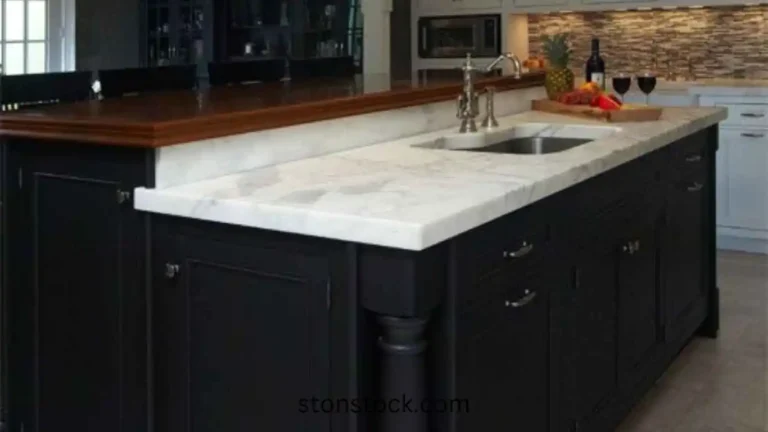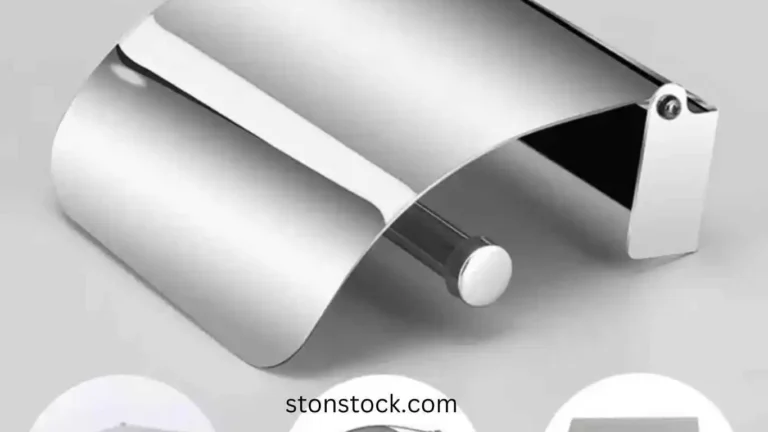Ultimate Guide to Commonly Used Fireplace Terms

Fireplace Parts & Terms
Since ancient times, fire and, by implication, fireplaces, have been fundamental to human life. Evidence of fires dating back 300,000 years is not out of the question. Around one thousand years ago, when fire pits started to become an integral part of living dwellings, the contemporary fireplace came into being. Due to its lengthy history in the English language, terminology has evolved over time, including elements from many sources, which may often cause misunderstandings.

You could expect to hear a number of fireplace names used to describe the many parts that make up a fireplace’s anatomy. If you’re on the market for a hearth, mantel shelf, or fireplace, it can help to have a basic understanding of the terminology used. Choosing the fireplace of your dreams may be a daunting task. The good news is that we have compiled the most comprehensive dictionary of fireplace terminology to assist you master the language.
Firebox

Usually located inside the wall, the firebox is a crucial component of every fireplace. The rear wall is about the only part of it that is visible most of the time. It is a structural element of the house that is in constant touch with flames.
Mantel
The mantel is the horizontal shelf or ledge that extends out from the top of a fireplace. The legs, which are often the thickest and sturdiest part of a fireplace, support the mantle, which extends over the top of the firebox. It may also seem to float, with corbels supporting it, and be either directly above or parallel to the firebox opening.
Mantel Shelf
The mantel might be a shelf if it were deep enough or had the right design. Many homeowners consider it a must-have and a popular spot to decorate. Some mantels have shelves that float over the hearth, while others are built into the surround.
Surround
Mantels, legs, returns, and the overall assembly of these components are collectively known as the fireplace surround, an informal term that is sometimes mistaken with the more official term. In the end, the surround is the component that completes a fireplace. The firebox is the one item that would deviate from this rule.
Hearth

A hearth is the level, horizontal space on the floor immediately in front of the aperture of the firebox. The typical width of a fireplace hearth is equal to the combined width of the firebox and legs. The exact range of its depth is between eighteen and twenty-four inches. The depth and permissible materials for the fireplace might be regulated by local construction rules.
Corbel
A corbel is a bracket or block that protrudes from a wall’s surface. A prominent fireplace design feature, the corbel both attractively and structurally supports the objects put above it.
Plinth
The plinth is the lower portion of a fireplace leg, often termed the “foot,” that is exposed. The base of a fireplace is the ornamental link between the leg and the hearth.







